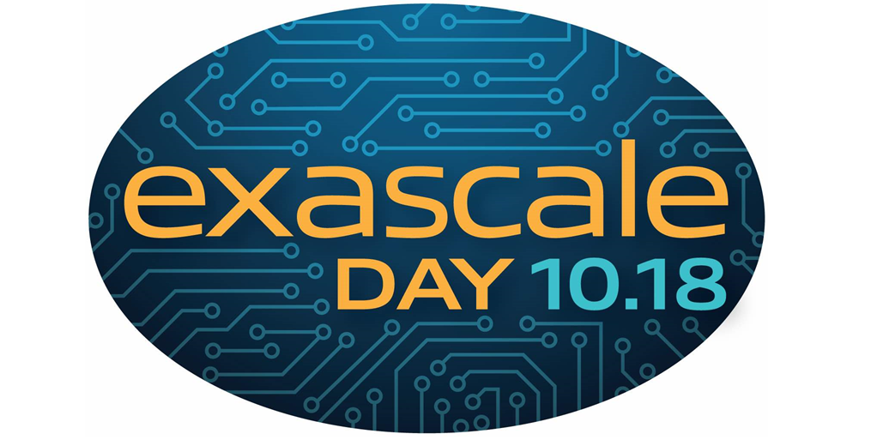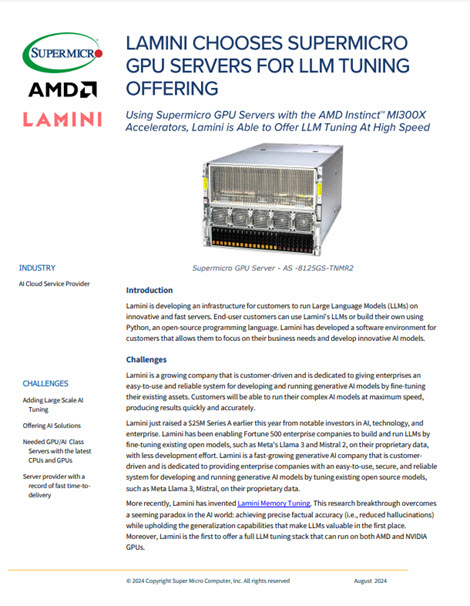Sponsored Content
By Spencer Lamb, Vice President, Kao Data
The Innovation Corridor is the beating heart of the UK life sciences community, bringing together high performance computing (HPC), AI and bio-computational analysis within a short reach of each other.
Spanning an area north of London Docklands into Tech City and onwards through the M11 to Harlow, Stanstead and Cambridge, the area has a reputation for the exceptional. It is, for example, home to GSK in Stevenage, the world’s largest vaccine company and a global organisation focused on tackling respiratory illnesses, infectious diseases and HIV.
At the top of the corridor, the Wellcome Genome campus is based in Cambridge, where scientists raced tirelessly against other countries across the globe to sequence the world’s first human genome. Later, they made the data freely available to organisations such as the European Bioinformatics Institute (EMBL-EBI).
Today there are more patents being approved in the corridor per capita than in Silicon Valley, USA. In 2019, it was named as the UK’s fastest growing economic region, with businesses in the corridor reporting a turnover of around £121 billion per annum.
Support, therefore, from local and national authorities, educational institutions and private investment has provided an impetus for vibrant research and a business growth environment that brings together the brightest minds across the pharmaceutical industry, alongside those developing the latest in machine learning innovation.
It is diverse in its scope, with formidable links into universities such as Cambridge, Anglia Ruskin and University College London at the foot of the corridor. The changing emphasis from external corporate funding to an entrepreneurial spirit has created hotbeds of successful startups that regularly contribute to and tap into the vast knowledge resource from these leading research centres.
Today there are more patents being approved in the corridor per capita than in Silicon Valley, USA. In 2019, it was named as the UK’s fastest growing economic region, with businesses in the corridor reporting a turnover of around £121 billion per annum.
With a growing population of around 2 million within the Innovation Corridor, urbanisation is fast becoming a key trend, but there is more to draw the world’s brightest minds here than by its reputation alone. There are, for example, organisations like AstraZenca, which are changing the way medicines and therapies are developed globally, businesses that are influencing how the financial markets are evolving and incubator projects leveraging HPC and AI to drive development at the forefront of many fields of industry.
Those based here, the scientists and the engineers, are designing systems and processes for tasks that involve bleeding edge technologies and where the entire configuration may change upon project completion.
For these businesses, all of which produce prolific levels of digital information, the ability to harness next-generation technologies that drive ultra-fast processing, deep learning and data-driven algorithms are essential, and with that comes the need for ultra-resilient data centre infrastructure.
The home of innovation
Away from the university clock towers, from the spires of Cambridge and beyond London’s bustling entrepreneurial community there lay pockets of genuine invention within the Innovation Corridor. In Harlow, for example, is the Kao Data campus; a £200m data centre facility designed by some of the industry’s’ most renowned thought leaders to provide a secure home for HPC infrastructure, that’s been built upon a legacy of innovation.
Data centres themselves have in many respects been transformative for business across the globe, providing power, cooling and connectivity to critical IT applications on which many depend. However, the campus was formerly the STC (Standard Telecommunications & Cables Laboratory) site, where Sir Charles Kao became known as the ‘father of fibre-optics’.
Moreover, his ground-breaking and pioneering work into the creation of what would later become telco and Internet cabling set in motion the communications revolution. Without his breakthroughs, it would not be possible to achieve the data throughput that is required for global digital infrastructure.
Advancing the next-generation of HPC
Today, we stand upon a crucial point in respect of the compute capabilities needed to drastically reduce the time taken to process petabytes of data, those needed to unlock medical and pharmaceutical cures, or achieve the throughput required for predictive analysis and quantitative research in financial trading.
Investment in R&D has grown to astronomical heights and according to the 2019 Global R&D Funding Forecast, “Global R&D spending for 2019 was expected to total $2.3 trillion for the top 110 countries.”
The level of R&D funding and the requirement to shorten development-to-market cycles compounds the need for those involved in R&D to deliver return on investment (ROI). However, technological innovation provides the bridge to reducing ROI uncertainty. The capability to access and analyse vast amounts of interdependent data at speed was unfathomable only a few years ago and to have this capability available locally within the Innovation Corridor creates opportunities to develop new solutions to previously intractable problems.
Essential to the technological outcome is partnership with data centres that specialise in HPC – i.e., those that can deploy tailored infrastructure systems that deliver intensive parallel processing workloads characterised by HPC, AI and deep learning.
Partnership must enable connectivity to leading European research resources, as well as hubs for strategically important fibre highways, together with supercomputing and Open Compute Project Ready (OCP) infrastructure that has the ability to scale as requirements grow.
Positioned some 20-miles north of the city of London and around 40-miles south of Cambridge Science Park, Kao Data’s data centre campus is a powerhouse for HPC in the Innovation Corridor.
Located close enough to offer ultra-low latency performance that matches the City’s financial trading requirements, with diverse fibre routes directly into the corridor and some of the most advanced research centres in Europe, the Kao Data London One facility is uniquely positioned to support the UK’s most innovative and entrepreneurial organisations, laboratories and AI startups.
Kao Data offers them the ability to house their most valuable asset – data – securely and to scale rapidly to meet new and emerging demands. The Innovation Corridor is a key technological engine room of the UK economy and the Kao Data campus is the digital infrastructure partner underpinning its path to success.
Spencer Lamb is Vice President at Kao Data, which develops and operate advanced data centres for HPC, cloud, AI and enterprise customers.





And if you found that interesting you’ll also enjoy this article from one of the UK’s leading HPC Innovators: https://kaodata.com/blog/hpc-innovators-steven-newhouse